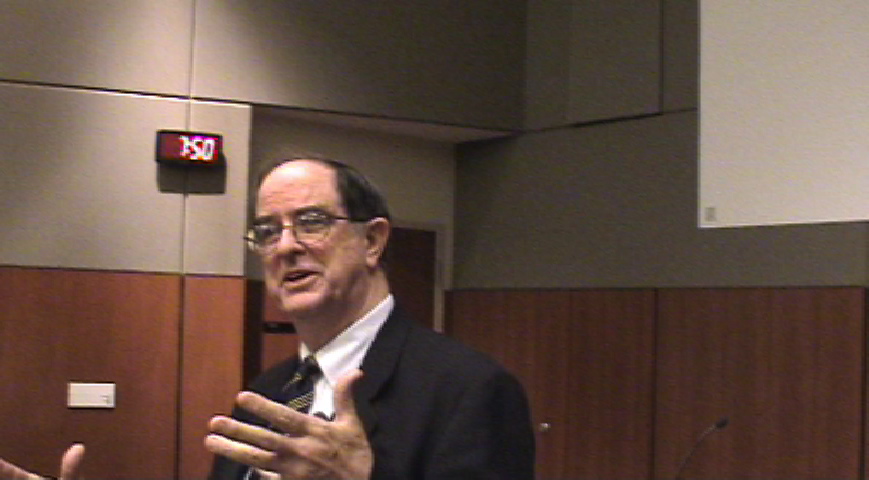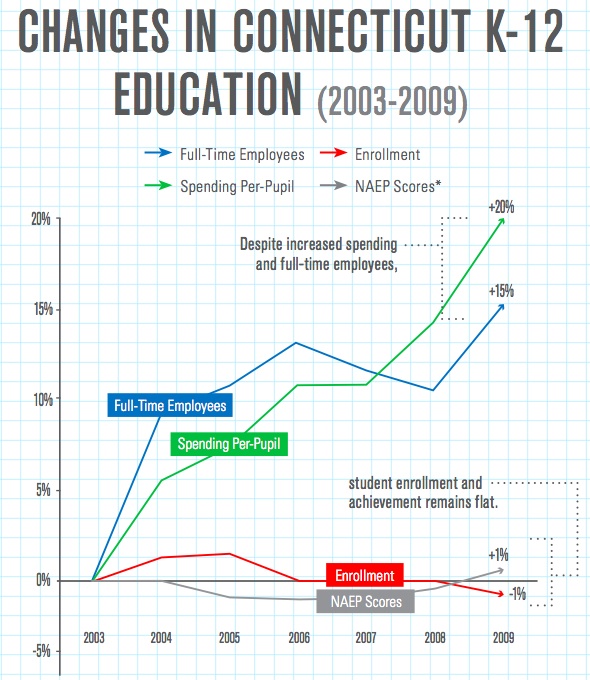William Fitzhugh, Editor of Concord Review. Varsity Academics®
 The video of this presentation is about 1 1/2 hours long. Click on the image at left to watch the video. The video will play immediately, while the file continues to download. MP3 Audio is available here.
The video of this presentation is about 1 1/2 hours long. Click on the image at left to watch the video. The video will play immediately, while the file continues to download. MP3 Audio is available here.
We are pleased to have William Fitzhugh, Editor of The Concord Review, present this lecture on history research and publication of original papers by high school students.
From an interview with Education News, William Fitzhugh summarizes some items from his Madison presentation:
“A group of professors, teachers, business people, lawyers and community people invited me to speak at the University of Wisconsin in Madison about the work of The Concord Review since 1987, and about the problems of college readiness and academic writing for high school students.
The Boston Public Schools just reported that 67% of the graduating class of 2000 who had gone on to higher education had failed to earn a certificate, an associate’s degree or a bachelor’s degree by 2008. Also, the Strong American Schools program just reported that more than a million of our high school graduates are in remedial education in college each year.
I recommend their report: Diploma to Nowhere, which came out last summer. While many foundations, such as Gates, and others, have focused on getting our students into college, too little attention has been paid to how few are ready for college work and how many drop out without any degree.
In Madison I also had a chance to speak about the huge imbalance in our attention to scholars and athletes at the high school level. I had recently seen a nationally televised high school football game in which, at breaks in the action, an athlete would come to the sidelines, and announce, to the national audience, which college he had decided to “sign” with. This is a far cry from what happens for high school scholars. High school coaches get a lot of attention for their best athletes, but if the coach also happens to be a history teacher, he or she will hear nothing from a college in the way of interest in his or her most outstanding history student.
